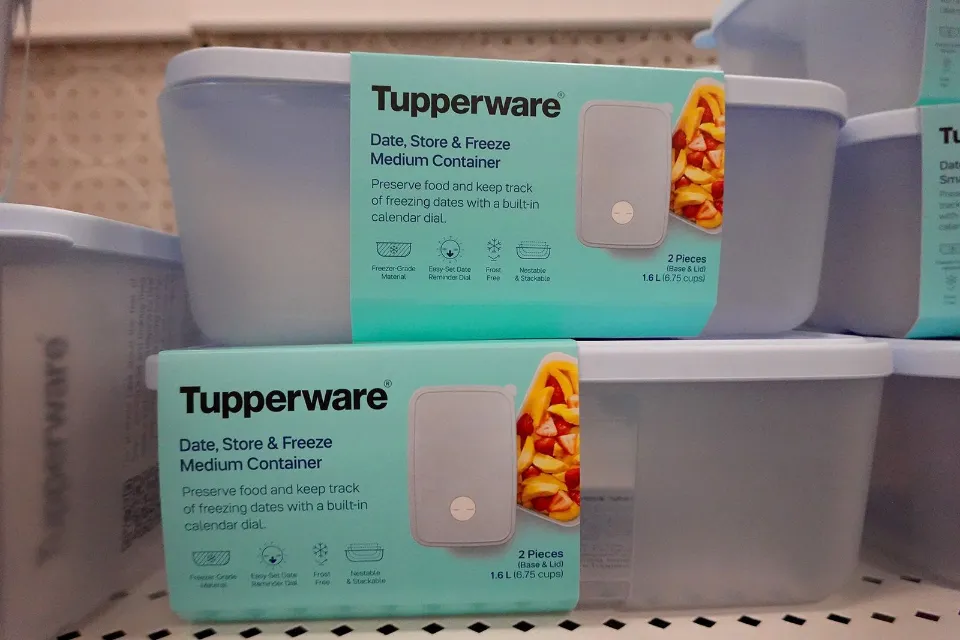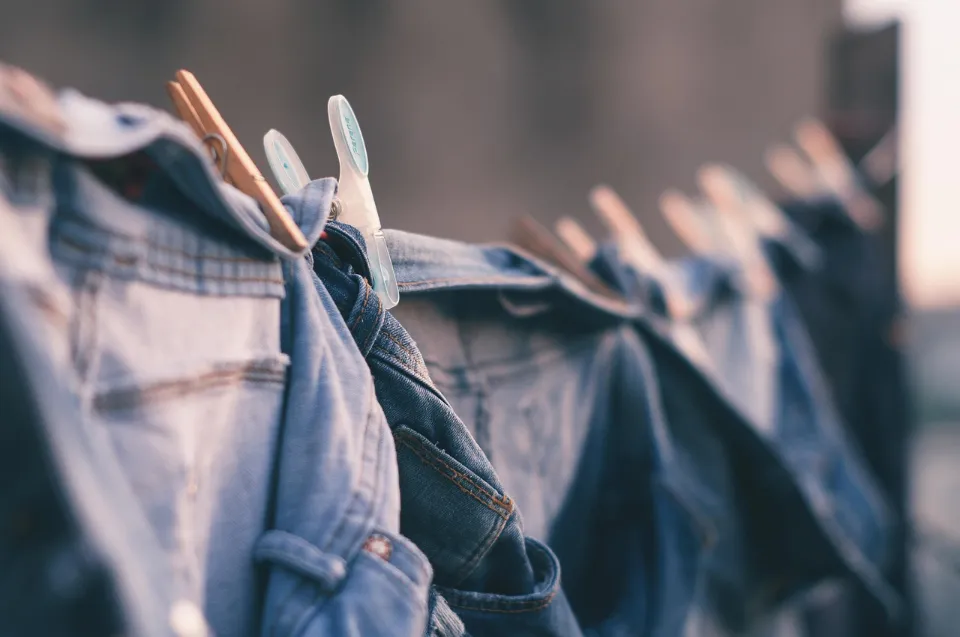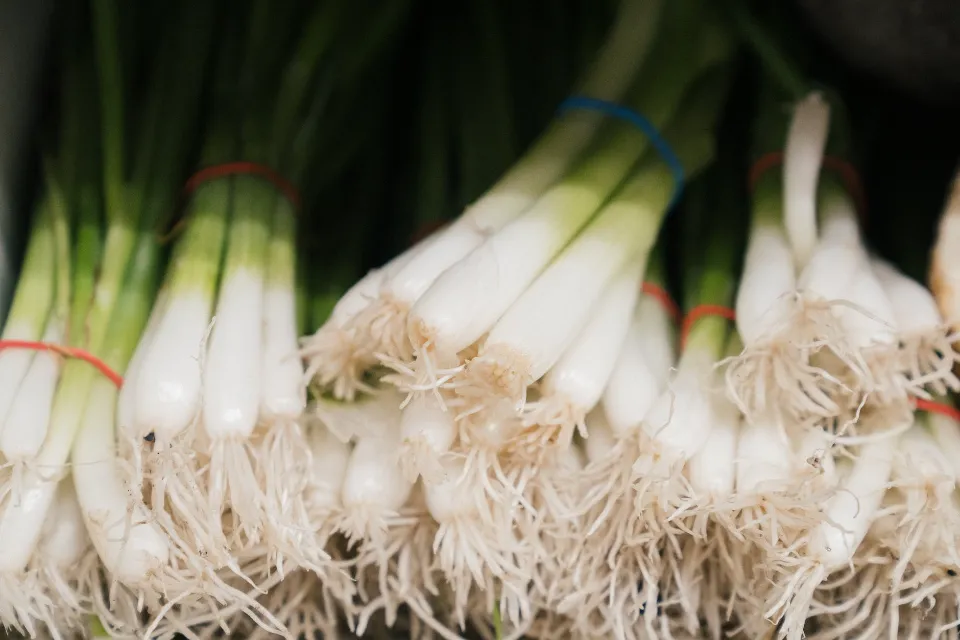Where To Recycle LED Light Bulbs? How?
A very high-efficiency lighting option is light-emitting diode (LED) light bulbs. Compared to traditional incandescent lighting, these bulbs are up to 90% more efficient at producing light.
How and where can LED light bulbs be recycled? Chemicals found in LED light bulbs pose a risk to those who come into contact with them. In order to get rid of them, more effort must be made. You can contact your local store for details.
What Is The Lifespan Of LED Light Bulbs
Let’s first talk about the lifespan of a light bulb before we move on to all that. I’ll let you know why it matters in a second.
The average rated lifespan of an LED light bulb is up to 50,000 hours. On the other hand, an incandescent light bulb only has a typical lifespan of 1,200 hours.
And as you’ve probably guessed, this means that you’ll use more incandescent than LED bulbs over time.6 more, to be precise.
Aren’t you happy that using LEDs would allow you to avoid paying for light bulbs up front even though there are additional safety measures to take when disposing of them?
Plus, I get to enjoy the feeling that there is less waste in the world, which I am sure of.
However, there is still more to consider regarding lifespan: since the technology is new and the lifespan is so long, there is very little research on the end-of-life phase of an LED light bulb.
In the household waste stream, there are also surprisingly few LEDs.
You are faced with a situation where recycling facilities have not yet discovered the most effective method of recycling these light bulbs.

Where To Recycle LED Light Bulbs
- You might be able to recycle your used LED light bulbs in-store at big-box retailers like Lowe’s, Home Depot, and IKEA. For more information, get in touch with your neighborhood retailer.
- On particular days or in predetermined locations, many municipal safety departments provide both LED and CFL recycling. Check with your city.
- Old LED bulbs are accepted in the majority of Batteries Plus locations for a fee, as well as in some hardware stores. For more information, get in touch with your neighborhood retailer.
- NLR, LampMaster, Republic Services, and Veolia all offer mail-in recycling programs for a fee if you are unable to find a local recycling option.
- Big box stores and HolidayLEDs, Environmental LED, or Christmas Light Source are other places to recycle LED holiday string lights.
Can You Recycle LED Bulbs
Recycling is available for LED bulbs. This is what ought to occur ideally. These tiny orbs contain rare earth minerals that can be used to recycle lightbulbs. And that’s where the industry is going.
The end-of-life cycle of LED light bulbs is being improved, and regulations are being made to reduce the amount of these hazardous materials in light bulbs.
In a few years, you will receive good news. As more people use LEDs, their price drops, making for a society that is more energy-efficient. Fewer ecological issues result from better waste management.
But we’re still not there.
Your best option is to ask the manufacturer of your light bulbs if they have a recycling program or take-back policy.
Additionally, you can inquire about LED bulb recycling at nearby home improvement or lighting businesses.
A negligible number of electronic components are found inside LED bulbs, which is a problem for recycling.
Without a significant amount of bulbs, recycling LED lights is simply not financially feasible for many neighborhood recycling facilities.
How To Recycle Light Bulbs
This comprehensive guide will show you how to recycle different types of light bulbs.
Incandescent Light Bulbs
Incandescent bulbs are made of a glass enclosure that has a filament usually made of tungsten. The melting point of tungsten is very high. When you turn on an incandescent light bulb, a current flows through the filament, heating it until it turns white-hot and emits light.
These bulbs usually work well and have a low manufacturing cost, so they are among the most popular. In addition to homes, they are frequently used in flashlights and headlamps for cars.
Incandescent light bulbs are the least expensive. However, they have the worst energy efficiency of all the bulbs in use.
As a result, incandescent light bulbs are less widespread now.
These bulbs can be thrown in the regular trash, but you should surround them with plastic or packaging material, so you or the workers handling the trash don’t get cut.
The small amounts of metal and glass in incandescent bulbs make them difficult to separate during recycling. They are not even accepted by many recyclers.
The most effective way to recycle incandescent bulbs is to locate programs that accept them. You can always mail questions to a facility farther away or ask a recycling facility close to you.
Halogen Light Bulbs
Halogen light bulbs are often used outside as floodlights because they are small and lightweight. They also have a higher luminosity compared to incandescent bulbs in the same watt range. Given their strength and increased pressure tolerance, these are more advanced than incandescent bulbs.
Most of them are made of glass. However, you shouldn’t place them in your glass recycling bin because they have wires, and the glass they are made of is quartz.
To prevent them from breaking if you throw them in with regular trash, you should wrap them in a carton or container.
To find a recycling facility that will take these bulbs, you can perform an online search for “light bulb recycling near me.” As with incandescent bulbs, you can also use mail-in programs.
Additionally, since these retailers have light bulb recycling programs, you can check Ikea and Home Depot.
Fluorescent Light Bulbs And CFLs
There are many different colors and shapes available for compact fluorescent bulbs. They are popular because they use less energy than incandescent bulbs, and you can commonly find them in schools, businesses, and hospitals. They have a tube with mercury and argon through which electricity goes and emits light.
CFL (Compact Fluorescent Light) bulbs have 4 mg of mercury on average. In the event that they are broken, they could harm people, animals, and the environment.
Don’t sweep or vacuum the area.
You should dispose of fluorescent bulbs responsibly and not in regular trash. You should recycle fluorescent tubes because doing otherwise is actually illegal in some localities.
You can go to stores such as Lowes and Home Depot and ask if they accept These shops typically have bins at the front where you can dispose of the CFL bulbs.
LED Light Bulbs
LED stands for light-emitting diodes. These bulbs are about 90% more efficient than incandescent bulbs and can last for up to 50,000 hours, which is 30 times longer than incandescent bulbs and 5 times longer than CFLs.
LED lights are illuminated by an electrical current flowing through a microchip inside LED bulbs. Because they don’t become hot to the touch while in use, these bulbs are secure. Any heat produced by the LEDs is absorbed by a heat sink.
Disposal of LED light bulbs is easier and safer compared to incandescent and halogen bulbs because they don’t have any hazardous chemicals. They may even be disposed of in the trash. Recycling LED bulbs is still the preferable choice, though.
There are recyclable parts in LED bulbs.
Contacting your recycling company and finding out if they accept LED bulbs is the best way to recycle them. In some stores, you can recycle them as well.
If you’re unsure of how to dispose of LED bulbs, you can check to see if your neighborhood waste management company accepts LED bulbs by calling them.






